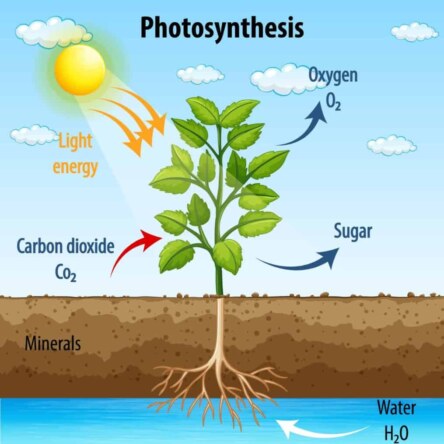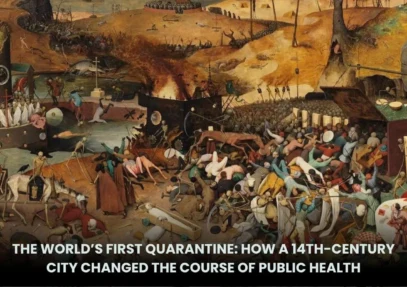What is cold-start data?
The immune system protects the body from harmful invaders, such as viruses, bacteria, fungi, and other pathogens, through a highly organized and complex defense mechanism. It involves a variety of cells, tissues, and organs working together to detect and respond to threats. Here's how it works: KeyRead more
The immune system protects the body from harmful invaders, such as viruses, bacteria, fungi, and other pathogens, through a highly organized and complex defense mechanism. It involves a variety of cells, tissues, and organs working together to detect and respond to threats. Here’s how it works:
Key Components of the Immune System
- White Blood Cells (Leukocytes): These cells are the main players in immune defense. Different types of white blood cells perform specific roles:
- Phagocytes (e.g., neutrophils, macrophages) engulf and digest pathogens.
- Lymphocytes (B cells and T cells) are involved in identifying and attacking specific pathogens.
- Antibodies: Produced by B cells, antibodies are proteins that specifically recognize and bind to antigens (foreign molecules) on pathogens, marking them for destruction or neutralization.
- Bone Marrow: The production site of blood cells, including immune cells like white blood cells.
- Thymus: The organ where T cells mature and learn to distinguish between the body’s own cells and foreign cells.
- Spleen: Filters blood, removing old or damaged red blood cells and assisting in immune responses by activating immune cells to fight pathogens.
- Lymphatic System: A network of vessels and lymph nodes where immune cells are stored and where pathogens are filtered from the blood.
How the Immune System Protects the Body
- First Line of Defense – Physical and Chemical Barriers:
- Skin: Acts as a physical barrier that prevents pathogens from entering the body.
- Mucous Membranes: In the respiratory, digestive, and urinary tracts, mucus traps pathogens, while enzymes in the saliva and stomach destroy them.
- Cilia: Tiny hair-like structures in the respiratory system that sweep away pathogens.
- Acidic Environments: The stomach’s acidic environment kills many microorganisms.
- Second Line of Defense – Innate Immune Response: If pathogens bypass the physical barriers, the innate immune system kicks in:
- Phagocytosis: Phagocytes (like macrophages) engulf and digest pathogens.
- Inflammation: The body increases blood flow to the infected area, bringing immune cells and proteins to fight infection.
- Fever: The body raises its temperature to slow the growth of pathogens and enhance the effectiveness of immune responses.
- Third Line of Defense – Adaptive Immune Response: The adaptive immune system is more specific and tailored to each pathogen:
- Recognition of Antigens: B cells and T cells identify specific antigens on pathogens.
- Activation of B Cells: B cells produce antibodies that bind to antigens, neutralizing the pathogens or marking them for destruction by other immune cells.
- Activation of T Cells:
- Helper T cells activate B cells and other immune cells.
- Cytotoxic T cells directly destroy infected cells or cancerous cells.
- Memory Cells: After an infection, memory B and T cells remain in the body, allowing for a quicker and stronger response if the pathogen is encountered again (immunological memory).
- Immune System Memory:
- The immune system “remembers” past infections through memory cells. When a pathogen is encountered again, the immune system can respond faster and more effectively, often preventing illness (this is the basis of immunity and vaccination).
Vaccination:
Vaccines help the immune system prepare for future infections by introducing a harmless part of a pathogen (like a protein or inactivated virus), which triggers an immune response and the creation of memory cells. This provides immunity without causing the disease.
The immune system protects the body by recognizing and attacking harmful invaders through physical barriers, innate responses, and adaptive immune responses. It “remembers” past infections to defend the body more efficiently in the future.
See less






Cold-start data refers to data used to train or adapt a machine learning model in scenarios where there is little to no prior information available about a new task, user, domain, or context. The term originates from the "cold-start problem"—a common challenge in systems like recommendation engines,Read more
Cold-start data refers to data used to train or adapt a machine learning model in scenarios where there is little to no prior information available about a new task, user, domain, or context. The term originates from the “cold-start problem”—a common challenge in systems like recommendation engines, where a model struggles to make accurate predictions for new users, items, or environments due to insufficient historical data. In the context of AI training (e.g., DeepSeek-R1), cold-start data is strategically incorporated to address similar challenges and improve the model’s adaptability and robustness.
Key Characteristics of Cold-Start Data:
It represents scenarios, domains, or tasks the model has not encountered during its initial training phase. Examples include:
The data lacks historical patterns or relationships that the model could otherwise rely on for predictions.
Often includes edge cases, rare examples, or synthetic data designed to simulate unpredictable real-world inputs.
Why It’s Used in Training AI Models (e.g., DeepSeek-R1):
Models encounter “cold starts” in deployment (e.g., new users, sudden shifts in trends). Training with cold-start data prepares the model to handle such situations gracefully.
For emerging domains (e.g., a new technology) or low-resource languages, cold-start data supplements sparse datasets to improve coverage.
By exposing the model to unfamiliar patterns, it learns to infer relationships rather than memorize training examples, enhancing adaptability.
Introducing diverse, underrepresented data balances the training distribution, reducing reliance on dominant patterns in the original dataset.
How It’s Applied:
Example Use Cases:
Cold-Start Data vs. Warm-Start Data
Cold-start data is critical for building AI systems that remain effective in dynamic, unpredictable environments. By training models to handle “unknowns,” it ensures they stay relevant, fair, and robust—even when faced with novel challenges.
See less